The Ultimate Guide to Energy Storage Terminology: Key Terms and Concepts Explained
2024-09-13
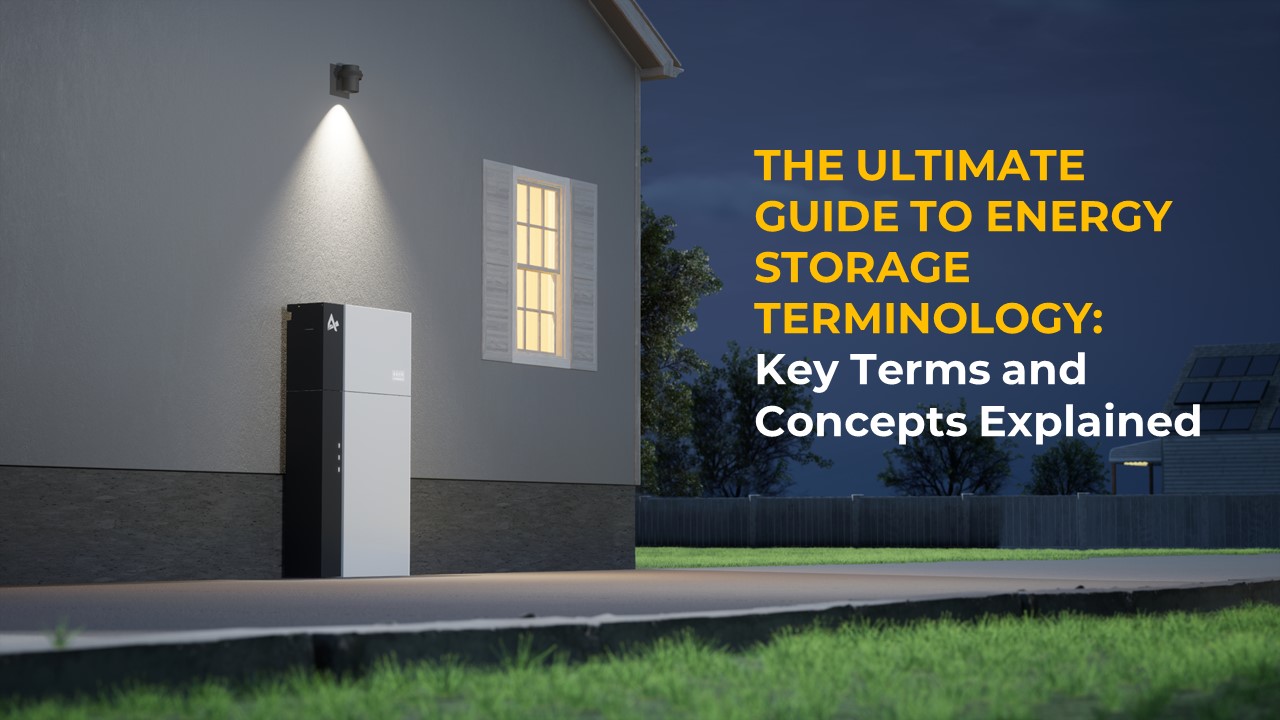
This article provides a detailed overview of the most important terminology in the energy storage sector.
1. Basic Concepts
• Energy Storage System (ESS)
An ESS is a technology that stores electrical energy for later use. It includes various devices and systems designed to balance supply and demand, optimize energy use, and enhance grid reliability.
• Battery
A device that stores electrical energy chemically and releases it as electrical power when needed.
• Battery Pack
An assembly of multiple battery cells combined to increase overall capacity, voltage, and energy density. It is designed to meet specific power requirements and ensure reliable energy delivery.
2. Battery Performance Parameters
• Energy Density
The amount of energy stored in a battery per unit volume or weight.
Formula: Energy Density = Battery Capacity × Voltage / Volume or Weight.
• DoD (Depth of Discharge)
The percentage of a battery’s capacity that has been used. A higher DoD indicates that more of the battery’s capacity has been used, which may reduce its life cycle.
• Power Density
The amount of power a battery can deliver per unit volume or weight.
Factors: Influenced by the battery’s internal resistance, electrode materials, and temperature.
• Charge/Discharge Rate (C-rate)
The rate at which a battery is charged or discharged relative to its capacity.
Formula: C-rate = Current (A) / Battery Capacity (Ah).
• Charge Curve
A graph showing how voltage and current change during the charging process.
Factors: Affected by charging rate, battery type, and temperature. Different types of batteries have distinct charge curves.
• Discharge Curve
A graph showing how voltage and current change during the discharge process.
Factors: Influenced by discharge rate, battery capacity, and load type. Provides insight into battery performance over time.
• Cycle Life
The number of charge and discharge cycles a battery can undergo while maintaining effective capacity.
• Self-Discharge Rate
The rate at which a battery loses charge when not in use.
• Battery Capacity
The maximum amount of charge a battery can store, usually measured in ampere-hours (Ah) or kilowatt-hours (kWh).
• Lifetime Throughput
The total amount of energy a battery can handle over its entire lifecycle.
Factors: Influenced by the number of cycles, depth of discharge, and operational conditions.
• State of Charge (SOC)
The current energy level of a battery relative to its total capacity.
Formula: SOC = (Current Charge / Maximum Capacity) × 100%.
3. Terminology about the System
• High Voltage System
An energy storage system that operates at voltages above 80V.
• Low Voltage System
An energy storage system that operates at voltages below 60V.
More information about high- and low voltage systems: https://www.alphaess.com/high-voltage-vs-low-voltage-batteries:-the-ultimate-guide-to-home-energy-storage
• Thermal Management
Techniques to control and manage the temperature of batteries or storage systems.
• Transformer
A device used to change the voltage level of alternating current (AC) while maintaining the power level.
• Inverter
A device that converts direct current (DC) to alternating current (AC).
• Battery Management System (BMS)
A system that monitors and manages battery health, performance, and safety.
• Energy Management System (EMS)
A system for monitoring, controlling, and optimizing energy use.
• Maximum Power Point Tracking (MPPT)
A technology used to maximize the power output of solar panels by adjusting the electrical load to find the optimal operating point.
• Uninterruptible Power Supply (UPS)
Response time: 0 to 12 milliseconds, almost instant.
An uninterruptible power supply (UPS) is a type of continual power system that provides automated backup electric power to a load when the input power source or mains power fails.
More information:https://www.alphaess.com/from-the-paris-olympics-blackout-to-your-home:-why-energy-storage-systems-are-essential-for-reliable-power-supply
• Emergency Power Supply (EPS)
Response time: Up to 250 milliseconds.
An emergency power system is an independent source of electrical power that supports important electrical systems on loss of normal power supply.
• Automatic Transfer Switch (ATS)
A device that automatically switches the power source from the utility to a backup generator during an outage.
• Static Transfer Switch (STS)
An electronic switch used to transfer power between different sources without mechanical components.
• Round-Trip Efficiency (RTE)
The efficiency of an energy storage system in storing and then releasing energy.
Formula: RTE = (Output Energy / Input Energy) × 100%.
• Load Shifting: Moving energy usage from high-demand periods to off-peak times, optimizing energy costs and grid efficiency, often with energy storage systems.
• Peak-Shaving: Reducing peak energy demand by using stored energy during high consumption periods, minimizing grid strain and lowering electricity costs.
• Time of Use (TOU): A pricing strategy where electricity rates vary based on the time of day, encouraging consumers to use energy during off-peak hours for cost savings.
• AC-Coupled Systems:
These systems use an AC connection between the power source (like inverters) and the battery storage, meaning energy is first converted to AC power before reaching the battery. They are often used in retrofitting existing solar systems and allow for flexible system expansion.
• DC-Coupled Systems:
In these systems, power is stored directly in the battery as DC without conversion, making it more efficient. They are often used in new installations and have fewer conversion steps, resulting in higher efficiency and better performance, especially for self-consumption.
• Hybrid-Coupled Systems:
These systems combine both AC and DC coupling.
More information about coupling methods: https://www.alphaess.com/understanding-pv-bess-coupling-methods:-how-to-choose-the-best-system-for-your-needs
4. Electrical Parameters
• Active Power (Unit: Watts)
The portion of electrical power that performs useful work in a system. Represents the actual energy consumed by devices and equipment to perform work.
• Apparent Power (Unit: Volt-amperes)
The total power in an AC system, including both active and reactive components. Includes both the real power used and the reactive power needed for creating magnetic fields.
• Reactive Power (Unit: Volt-amperes reactive)
The power in an AC system that oscillates between the source and the load, used to create and maintain magnetic fields. Essential for the functioning of inductive loads like transformers and motors, though it does not perform useful work.
• Power Factor
A measure of how effectively electrical power is being converted into useful work.A higher power factor indicates more efficient use of electrical power, reducing losses in the system.
Power Factor = Active Power / Apparent Power.
• Voltage Range
The range of voltages within which a battery or system operates effectively. Ensures compatibility with other components and maintains safe and stable operation.
• Locked Rotor Amperes (LRA)
The current drawn by an electric motor when the rotor is stationary (locked). Indicates the maximum starting current, which can be critical for selecting appropriate protective devices.
• Alternating Current (AC)
Electrical current that periodically reverses direction. Commonly used for power transmission and supply in homes and businesses due to its efficiency in long-distance transmission.
• Direct Current (DC)
Electrical current that flows in a single, constant direction. Typically used in electronic devices, battery systems, and applications requiring stable voltage.
• Phase
The timing relationship between the voltage and current waveforms in an AC system.
Types:
▪ Single-Phase: Common in residential and small commercial applications, with one alternating voltage waveform.
▪ Three-Phase: Used in industrial and large commercial settings, with three alternating voltage waveforms, providing more balanced and efficient power delivery.
• Power (Unit: Watts)
The rate at which energy is transferred or used. Represents the amount of energy used per unit of time.
• Electric Charge
A measure of the quantity of electricity, represented in coulombs (C). Influenced by battery capacity and current.
5. Safety and Maintenance
• Ingress Protection (IP)
The level of protection provided by a device against solid objects and liquids. Indicated by "IP" followed by two digits. The first digit denotes protection against solid objects (e.g., dust), and the second against liquids (e.g., water).
• Overcharge Protection
Mechanisms to prevent a battery from being charged beyond its maximum capacity. Prevents potential damage, overheating, and ensures safe operation.
• Overdischarge Protection
Mechanisms to prevent a battery from discharging below its minimum safe voltage. Protects battery health and extends its lifespan.
• Short-Circuit Protection
Mechanisms to protect a battery or system from damage due to short circuits. Prevents overheating, fire hazards, and equipment damage.
6. Industry Hot Topics
• Self-Consumption:
Using the energy generated from a renewable source, like solar panels, directly within the property rather than exporting it to the grid, enhancing energy independence and savings.
More information: https://www.alphaess.com/unlocking-energy-independence-with-alphaess:-maximize-self-consumption-and-self-sufficiency-with-advanced-solar-solutions
• Smart Energy Storage
The use of advanced technologies, such as IoT and AI, to optimize energy storage systems. Enhances monitoring, improves energy management, and increases overall system efficiency.
• Distributed Energy Storage
A system design where energy storage units are spread across multiple locations. Increases reliability, supports integration with renewable sources, and reduces risks associated with centralized storage.
• Dynamic Load Management
Technologies and strategies used to adjust and manage power loads in real-time. Optimizes energy use, improves system stability, and enhances efficiency.
• Renewable Energy Integration
Combining renewable energy sources with storage systems to create a more sustainable energy solution. Improves energy utilization, reduces carbon emissions, and supports sustainable energy development.
• Virtual Power Plant (VPP)
A network of decentralized, distributed energy resources (DERs) managed as a single entity to optimize energy production and consumption. Aggregates the output of multiple DERs to provide a reliable and stable power supply, manage demand response, and support grid stability.
More information about VPP:
https://www.alphaess.com/harnessing-the-power-of-vpp-and-fcas-with-alphaess
https://www.alphaess.com/-alphaess-vpp-102-the-faster-the-better:-very-fast-fcas
To be updated frequently...




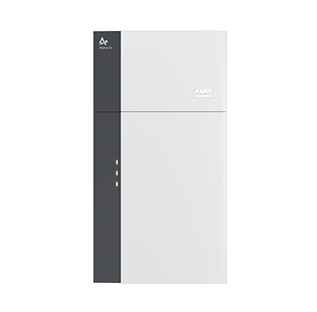
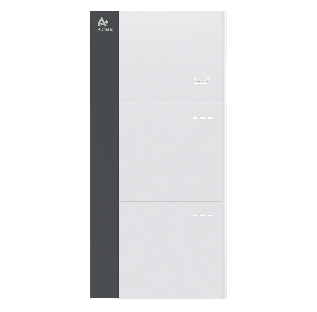
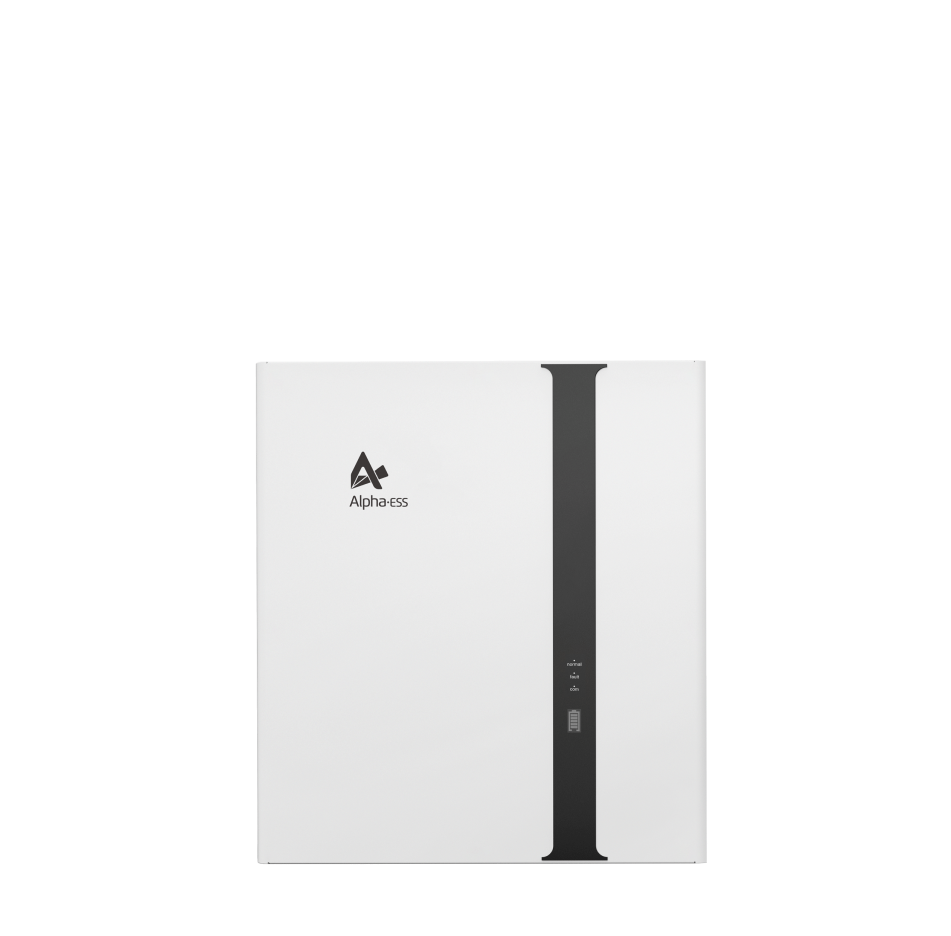




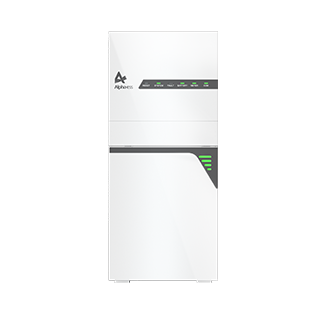


.png)
(2).png)
(3).png)
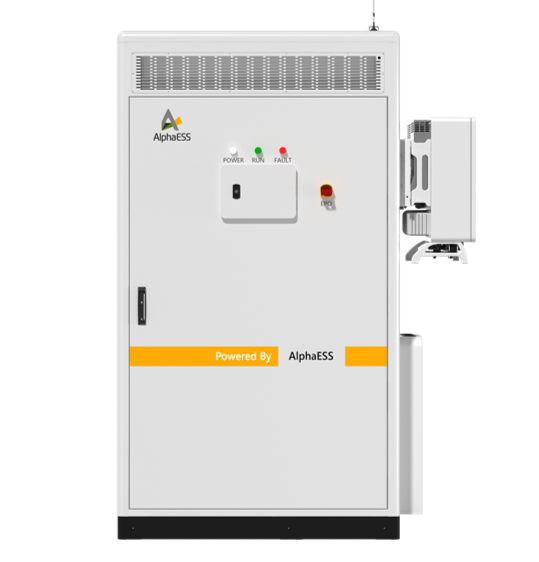
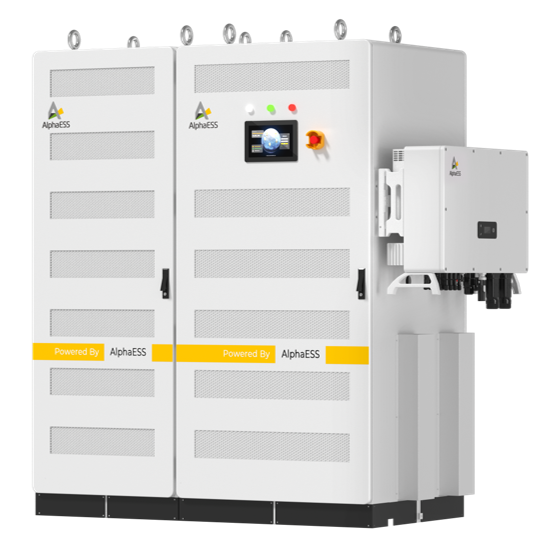
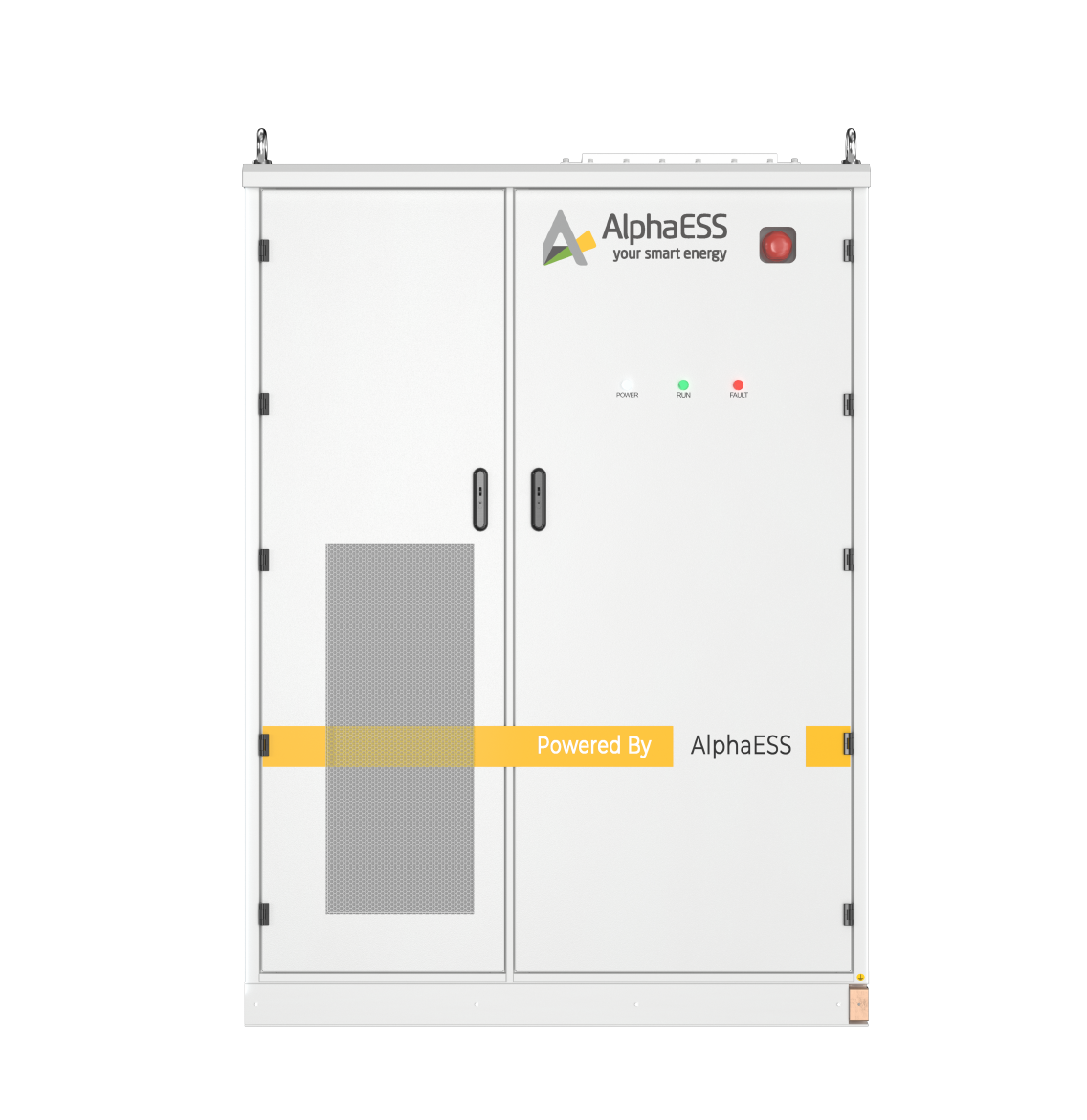
(4).png)
(545x562xiangsu)(2).png)
(545x562xiangsu)(3).png)
(545x562xiangsu)(4).png)




.svg)





















